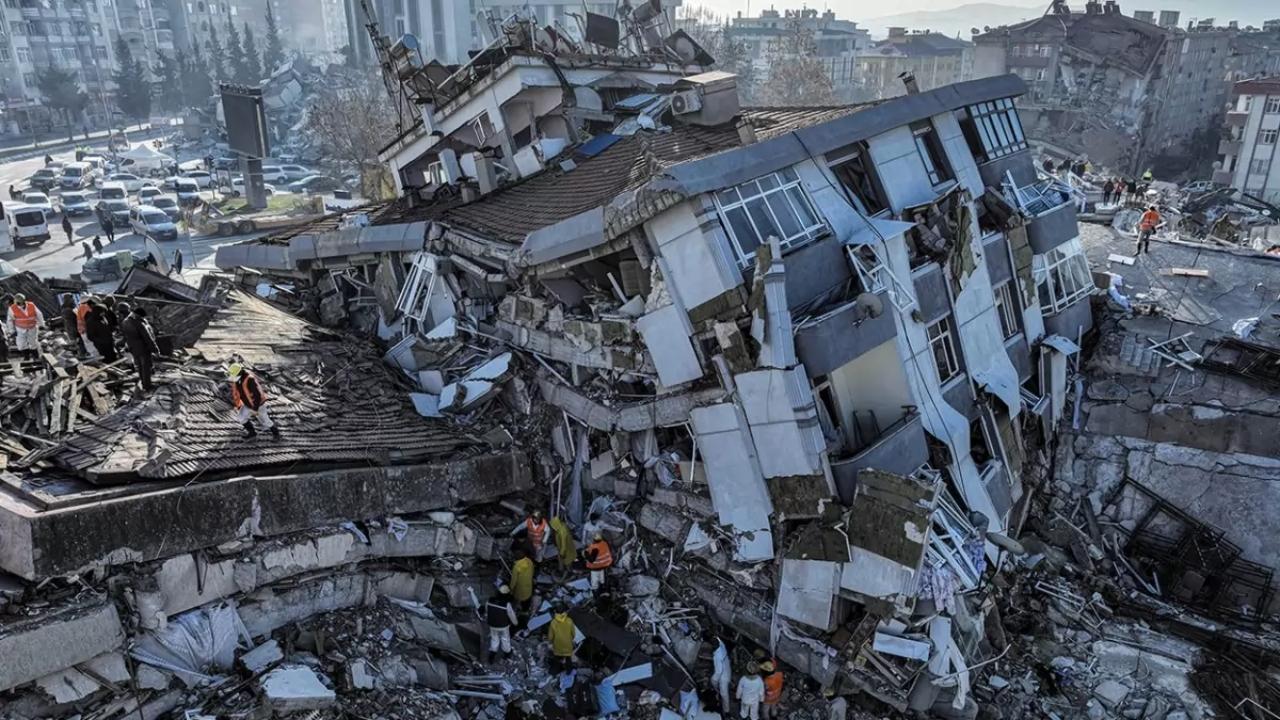2001 Gujarat earthquake: The most devastating disaster in India since gaining independence in 1947 was a magnitude 7.6 earthquake that struck Gujarat on January 26, 2001, coinciding with the country's 52nd Republic Day.

Pic: AP-PTI File
The most devastating disaster in India since gaining independence in 1947 was a magnitude 7.6 earthquake that struck Gujarat on January 26, 2001, coinciding with the country's 52nd Republic Day. India has faced numerous significant earthquakes over the past 250 years, causing substantial damage both within its borders and in neighboring areas.
ADVERTISEMENT
While most of India is situated over a stable craton, Gujarat is positioned 400 km from the boundary between the Indian and Eurasian plates, suggesting it may be a transitional zone between stability and an active plate boundary. Key faults in the region include the east-trending Kachchh Mainland Gedi fault and the Allah Bund Fault.
The epicenter of the 2001 Gujarat earthquake was approximately 70 km northeast of Bhuj, with shaking felt as far away as Pakistan and northwestern India, lasting for over two minutes. Numerous aftershocks continued for months, with about 500 occurring within two months after the mainshock.
The damage from the 2001 Gujarat earthquake was extensive, resulting in an estimated death toll exceeding 100,000 according to unofficial reports, while official figures suggested around 20,000 casualties. Over 300,000 buildings, along with infrastructure such as dams, ports, roads, and bridges, were destroyed. Cities like Kachchh, Ahmedabad, Jamnagar, Rajkot, and Surendranagar were severely affected, leaving nearly 800,000 buildings damaged in Gujarat alone. The earthquake also led to significant crop loss due to liquefaction and shake damage.
Despite the initial devastation, Gujarat, being one of India's most industrialized states, managed a remarkable recovery. The region received substantial financial aid globally, leading to a massive reconstruction and rehabilitation program. Tax-free zones spurred economic recovery, attracting companies to the area. Towns and villages were rebuilt with improved housing, and infrastructure projects, including road widening and water supply improvements, were undertaken.
The earthquake prompted extensive studies of building codes and earthquake disaster management in India, highlighting the importance of seismic-resistant engineering in withstanding such events.
 Subscribe today by clicking the link and stay updated with the latest news!" Click here!
Subscribe today by clicking the link and stay updated with the latest news!" Click here!







